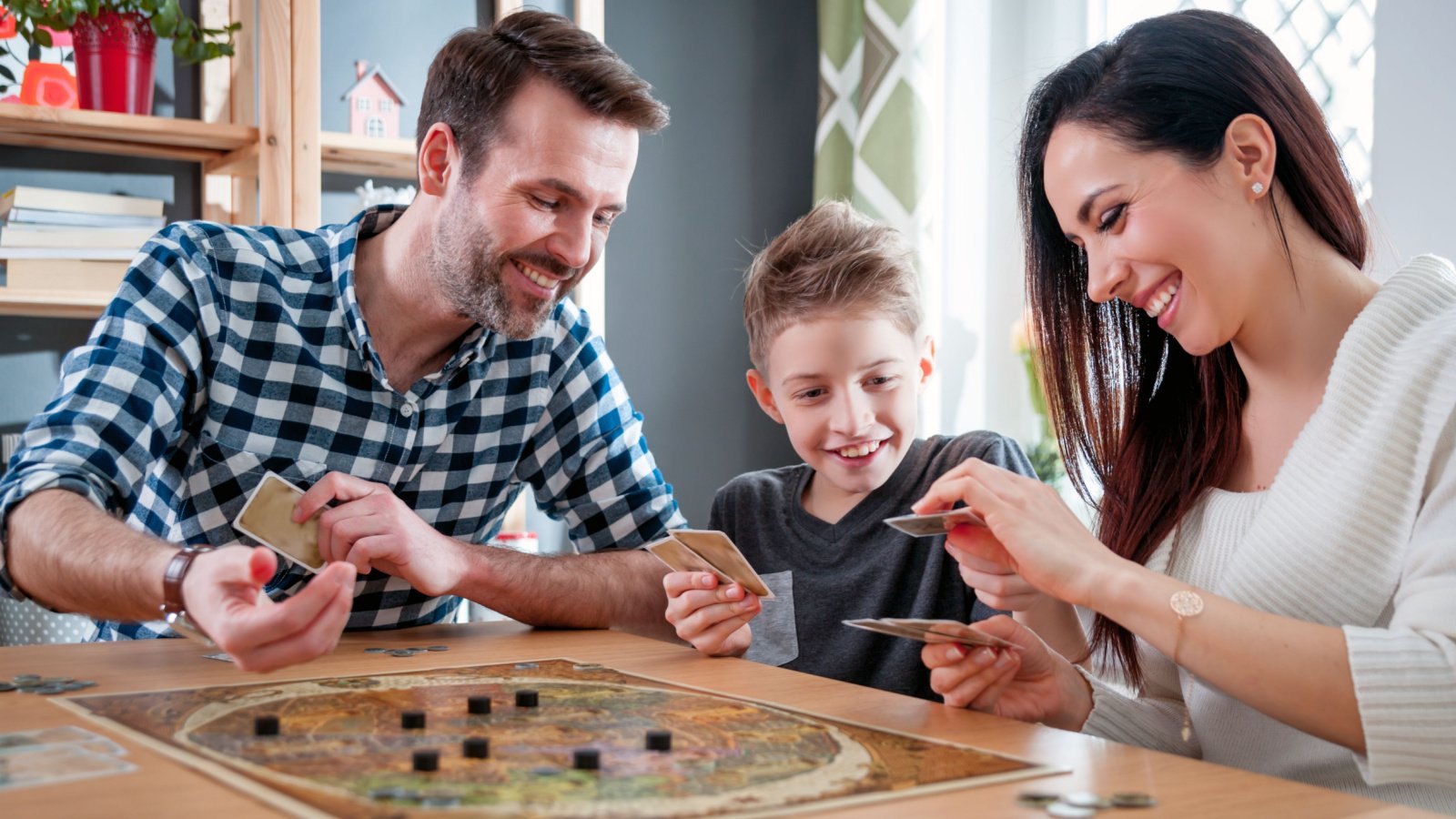Blending families in a second marriage can be intimidating and challenging, requiring patience, understanding, and respect. Learn the tips and tricks for a smooth transition to your happily ever after.
Establish New Traditions Together

Creating new traditions as a blended family fosters a sense of unity and belonging. Start by brainstorming activities everyone enjoys, then schedule them regularly. These can range from weekly game nights to annual family vacations. Over time, these traditions will become cherished memories that strengthen family bonds.
Open Lines of Communication

Effective communication is the cornerstone of any strong relationship. Encourage open and honest discussions where each family member feels heard and valued. Regular family meetings can provide a safe space for everyone to express their thoughts and feelings. This practice helps to prevent misunderstandings and builds mutual respect.
Respect All Relationships

Respecting existing relationships is crucial in a blended family. Acknowledge the importance of biological parent-child bonds and ensure they are honored. Encourage positive interactions between stepparents and stepchildren, but understand that these relationships will develop at their own pace. Patience and understanding go a long way in building trust and respect.
Establish Clear Boundaries

Setting clear boundaries is essential for maintaining harmony in a blended family. Discuss and agree upon house rules, responsibilities, and personal spaces. Enforcing these boundaries consistently helps create a structured environment where everyone knows what is expected of them. This clarity reduces conflicts and promotes peaceful coexistence.
Celebrate Individuality

In a blended family, it’s important to celebrate each member’s uniqueness. Encourage individual hobbies and interests and attend each other’s events and activities. This helps each family member feel valued for who they are. Celebrating individuality fosters a sense of self-worth and belonging within the family.
Practice Patience and Understanding

Merging families is a process that requires time, patience, and understanding. Recognize that adjustments won’t happen overnight and that each person may cope differently. Be patient with each other, offering support and understanding as everyone navigates their new roles and relationships. This compassionate approach eases the transition for all involved.
Share Household Responsibilities

Sharing household chores and responsibilities fosters teamwork and teaches valuable life skills. Assign tasks based on age and ability and consider rotating them to promote fairness. Working together on household tasks can also be an opportunity for bonding and learning from one another. This collaborative effort instills a sense of responsibility and belonging in family members.
Encourage Quality One-on-One Time

Quality one-on-one time is invaluable in strengthening individual relationships within a blended family. Schedule regular individual dates with each family member to connect on a deeper level. These moments allow for personal conversations and shared experiences that might not happen in group settings. This practice nurtures strong personal bonds within the larger family dynamic.
Navigate Discipline with Care

Discipline in a blended family can be a sensitive issue. Biological and stepparents need to present a united front and agree on discipline strategies. However, to maintain trust and respect, the primary disciplinarian should initially be the biological parent. Over time, as relationships strengthen, stepparents can take on more of a disciplinary role if appropriate.
Foster a Team Mentality

Instill a sense of teamwork by involving everyone in family decisions and problem-solving. Whether it’s deciding on a movie for movie night or finding solutions to a household issue, collective decision-making reinforces the idea that everyone’s opinion matters. This team mentality strengthens the family unit, making challenges easier to tackle together.
Embrace Flexibility

Flexibility is key in a blended family, especially when it comes to schedules and traditions. Be willing to adjust plans and compromise to accommodate everyone’s needs and prior commitments. This adaptable approach shows respect for individual circumstances and helps to minimize potential conflicts.
Create a Supportive Environment

A supportive environment is essential for the well-being of a blended family. Encourage family members to uplift and support one another, both in times of achievement and during challenges. Celebrate successes together and offer a comforting presence during difficult moments. This creates a nurturing atmosphere where everyone feels valued and supported.
Address Jealousy and Competition

Jealousy and competition can arise in blended families. Address these feelings openly and without judgment, reassuring each family member of their unique and irreplaceable role in the family. Promoting activities that encourage teamwork rather than competition can help mitigate these feelings and foster a more inclusive family dynamic.
Cultivate Empathy and Compassion

Cultivating empathy and compassion within the family encourages understanding and acceptance of each other’s experiences and feelings. Share stories, listen actively, and encourage empathy by asking how others might feel in certain situations. This emotional intelligence strengthens connections and helps family members support each other more effectively.
Reinforce Positive Interactions

Reinforce positive interactions among family members by acknowledging and praising acts of kindness, cooperation, and respect. Positive reinforcement encourages good behavior, boosts self-esteem, and strengthens family bonds. Celebrating these moments creates a positive feedback loop that enhances the family’s overall dynamic.
Balance Alone Time and Family Time

Balancing alone time with family time is crucial for personal well-being and family harmony. Encourage family members to pursue personal interests and take time for themselves while also prioritizing regular family activities. This balance ensures that everyone feels fulfilled individually and connected as a family.
Acknowledge and Honor Past Traditions

While establishing new traditions is important, acknowledging and honoring past traditions can help family members feel respected and valued. Incorporate meaningful traditions from each original family unit when possible. This inclusivity helps blend the families while honoring their individual histories.
Promote Mutual Respect

Mutual respect is the foundation of any healthy family dynamic. Model respectful behavior in your interactions and address any disrespectful behavior promptly and constructively. Teaching and practicing respect ensure a positive environment where everyone feels safe and valued.
Seek Professional Guidance

Navigating the complexities of blending families can sometimes require professional guidance. Don’t hesitate to seek support from counselors or therapists who specialize in blended family dynamics. This external perspective can provide valuable insights and strategies for overcoming challenges.
Celebrate Small Wins

In the journey of blending families, it’s important to celebrate small wins and milestones. Whether it’s a successful family outing or a positive step in building relationships, acknowledging these moments encourages progress. These celebrations reinforce the family’s growth and unity.
Foster Inclusion and Equality

Ensure every family member feels included and equal, regardless of their original family unit. Make decisions and plan activities that consider everyone’s interests and needs. Inclusion and equality strengthen the family bond and promote a harmonious living environment.








